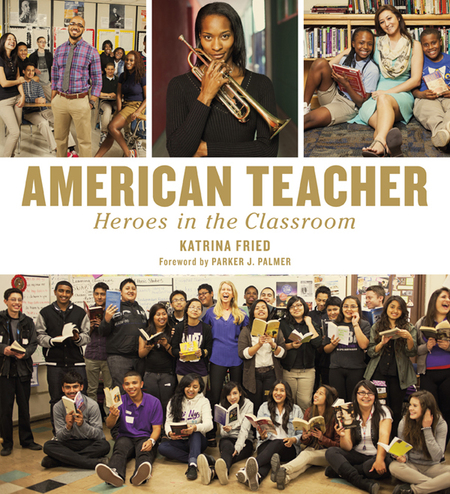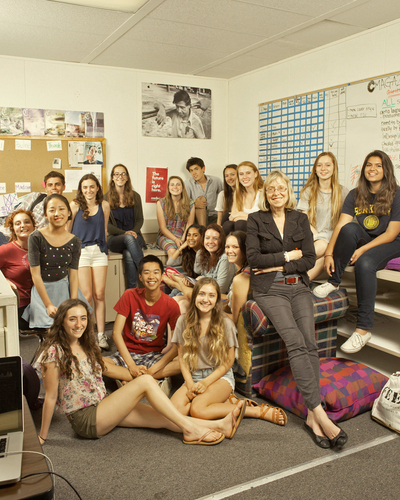In my thirty years as a teacher, one thing I learned is that everyone -- policymakers, administrators, parents, philanthropists -- are looking for the magic key to improving education. In the 1990s, Bill Gates thought that small schools were that magic key. As you may know, the Small Schools Initiative was a spectacular failure and resulted only in duplicate administrative costs.
Today, the magic key for policymakers and administrators is testing. Their reasoning is that if we put enough pressure on teachers using their salaries as motivators, then kids will test better and learn more. In fact, the opposite is true. Testing is one of the major problems in education today. It forces teachers to teach to the test and it cuts creativity. It is hard for teachers to individualize when the book and curriculum are prescribed and required.
So if I had to pick a magic key that might work today, it would be something very different, something simple. It is obvious, but has been overlooked for a long time. Based on my years in the classroom, I would pick engagement. Kids learn when they are engaged, feel respected, and care about the subject matter. Sounds simple, but it is hard to accomplish in today's world.
The big question is how to engage students, how to hold their attention. For starters, we need classroom culture to change so that the teacher is no longer the "sage on the stage," but rather a coach at least fifty percent of the time. That turns the classroom into a place for collaboration, discussion, and projects -- not a place for lectures. Last year, I created an acronym with my students to help everyone remember what the classroom needs. It is called TRICK and it stands for trust, respect, independence, collaboration and kindness.
When students are treated with TRICK and when that is the dominant culture in the classroom, kids are easily engaged. Project-based learning happens at least fifty percent of the time. Within a defined framework, students are given the opportunity to make choices about what they want to study. Provided teachers give students some freedom, technology makes it easy to do this. It is that sense of freedom that helps engage kids.
For example, in English classes, give students the opportunity to pick their own topics on essays; in social studies, give students the opportunity to study an aspect of history that interests them. This methodology works all the way down to the kindergarten level and even below. The Reggio Emilia philosophy is popular in pre-school because it involves choice.
The fact is that no human being large or small likes to be ordered around on a regular basis... not kids, not teens, not adults, not senior citizens...no one. Human beings want a sense of freedom within boundaries.
The Blended Learning curriculum is a methodology that works. It has been around for at least a decade, but was poorly understood and poorly implemented. What it offers is a compromise for teachers and students: fifty percent of the time teachers lecture and the other fifty percent the time teachers act as coaches for project-based learning or exploration on the web. It is the freedom afforded by project-based learning that engages students and makes their lessons meaningful.
The scholastic journalism curriculum is a natural project-based learning curriculum that resonates with the needs of the 21st century and could replace one semester of high school English. It is a way to engage students while teaching them important skills. Kids get to pick their own story ideas and then write about them -- those ideas could be anything from skateboarding to tattoos to gaming. No matter their interest, they can write about it (excluding certain subjects, like porn) and if they publish their work on a blog, these kids have a built in audience. In the process, students learn writing skills, communication skills, tech skills, and collaboration skills. They have a reason to learn those skills and so they do so effortlessly. This methodology works with students at all grade levels and ability levels. There is something about being treated with trust, respect, and independence that gets kids excited about learning. Let's try it... it doesn't cost anything.
Check out this YouTube video about the importance of journalistic skills for all students
American Teacher (Welcome Books)
Facebook
Twitter
Pinterest
Esther Wojcicki, Vice Chair of Creative Commons and Chair of PBS Learning MattersOne, has created a legendary high school journalism program whose student-run publications have won countless awards including best in nation from Time magazine in 2003. She is one of 50 teachers featured in American Teacher: Heroes in the Classroom by Katrina Fried (Welcome Books) ISBN 978-1-59962-127-2



